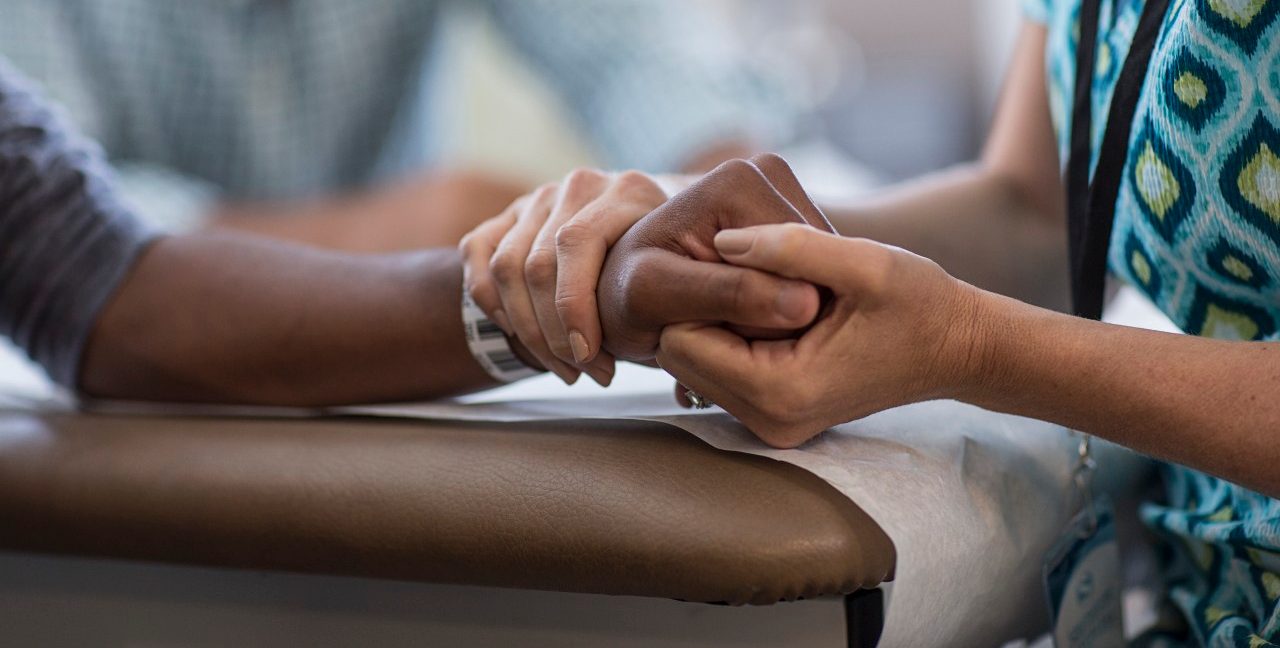Exercises for Hand Pain

Simple movements may even calm arthritis. Here are some exercises for hand pain that might help you.
Like most people you probably don’t think about all the things your hands can do – pull, grip, push, throw, crush, catch, tear, write, type – until it’s difficult to do them.
Hands are a complex system of bones, joints, muscles, nerves, blood vessels, and tendons that work like a symphony just to pick up an object. As much as we use them, they can take a beating, and they can benefit from some TLC on a regular basis.
If your hand mobility is compromised, and you’re in pain, taking some simple steps might help.
Many hand conditions affect mobility, and some are painful. The most common causes of hand pain are arthritis, carpal tunnel syndrome, Dupuytren’s disease, ganglion cysts, trigger finger, fractures and sprains, tendonitis, and cramps. Some conditions are avoidable; some aren’t.
Some problems with mobility may stem from repetitive movements, such as carpal tunnel syndrome.
Since many factors can be part of developing carpal tunnel syndrome, there is no one way of prevention. But you can have any underlying symptom treated, adjust your workplace equipment, and apply ergonomic principles to how you work.
Simply overdoing it can lead to tendonitis.
DeQuervain’s syndrome is a common form of tendonitis on the thumb side of the wrist and often results from excessive weeding, planting, and hammering. Resting is one way to avoid the problem. Rome wasn’t built in a day and neither is your garden.
“Trigger finger” involves pulleys and tendons in your hand that bend the fingers. The fingers work like any pulley system used to pick up objects. In this case the pulleys in the fingers are like the eyelets on a fishing pole that guide the tendons. These pulleys hold the tendons close against the bone.
Although what causes trigger finger is somewhat of a mystery, the condition can occur after activities that strain the hand. It also occurs more often in women, most frequently if you’re between the ages of 40 and 60. It’s more common if you also have diabetes or rheumatoid arthritis.
Arthritis, cysts, fractures, and sprains are less preventable, although using some common sense in situations that involve the use of your hands might prevent the latter.
The good news is that, hand and finger exercises can bring back some mobility and reduce pain. They are all simple, but you need to do them right to be effective.
Los Angeles orthopedic surgeon Levi Harrison, MD, suggests strengthening your hands by opening and closing your fists and spreading your fingers, then moving them in and out. You do the exercises in sets. It may help to warm your hands in water or sand before doing the exercises.
Here are more exercises for hand pain.
Ian Harvey, a Pensacola, Fla., massage therapist who specializes in deep tissue work, offers eight stretches for hand and wrist pain that you can do in 10 seconds. He says he does them himself in between seeing clients. The idea is to get blood flowing into your forearms, whose muscles actually do much of the work of moving your hands and wrists.
“(The stretches are) getting you out of the pattern that your job (or activity) is putting you in,” he says.
Exercises for hand arthritis are similar, the main difference being that you should do them only after you have talked to an occupational or physical therapist or your doctor. They will tell you when to begin the exercises and which are best for you. You should always follow up with them during and after the exercises.
If exercise doesn’t help you, consider hand therapy with an occupational or physical therapist. Look for a hand therapist in your area at www.asht.org, the website of the American Society of Hand Therapists. If you fracture or sprain your hand, your doctor will likely refer you to a physical therapist for rehabilitation to ensure proper healing.
Updated:
March 27, 2020
Reviewed By:
Christopher Nystuen, MD, MBA